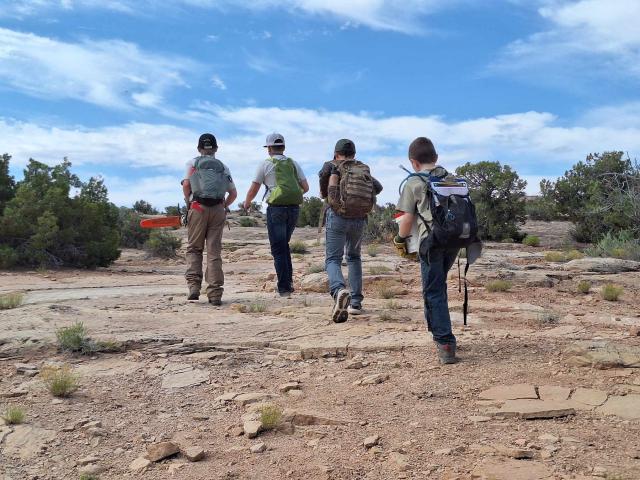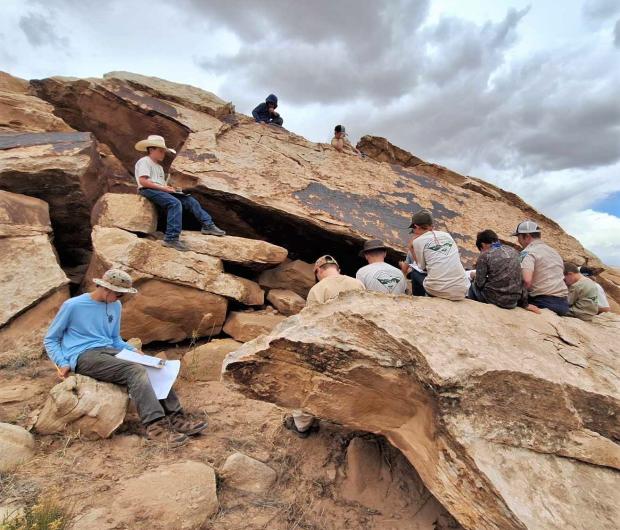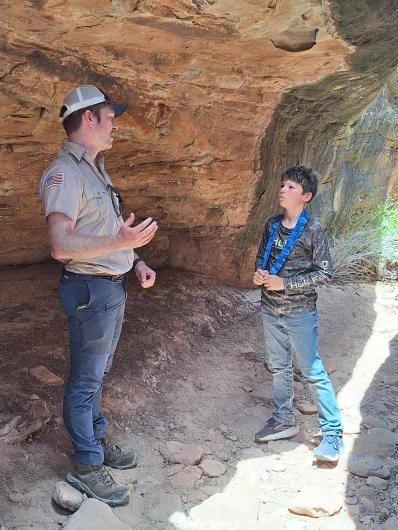Related Stories
- Smokey Bear joins Mr. & Mrs. Claus to continue LTVA annual toy giveaway
- Inspiring Future Land Stewards Through STEAM
- Using science to uncover mysteries of the Mesa archaeological site in Alaska
- Stewardship and smiles at Samoa Dunes: BLM California hosts National Public Lands Day event
- Agua Fria National Monument: A desert oasis with a rich history and a vital present
Office
82 East Dogwood
Moab, UT 84532
United States
Phone:
Email:



